Who Are PRS?
Founded in 1985 by Paul Reed Smith, PRS Guitars has become one of the most renowned brands in the guitar community. Making its name with original electric guitar designs like the Custom 24, in recent years the company has diversified its lineup, splitting its electric guitar catalogue into different ranges, introducing acoustic models, and even releasing its own amplifiers. They also offer custom made guitars through their unique Wood Library service. By implementing these changes, PRS Guitars’ popularity and market share has grown exponentially. And it’s clear that the PRS of today is far different to the PRS of just a few years ago.
Much like its contemporaries, PRS Guitars has split its catalogue into two main ranges – to accommodate for different budgets. In this article, we’ll help you to distinguish the main differences between PRS’ Core and SE lineups.
Introducing PRS Core & SE
In its first 15 years of trading, PRS crafted electric guitars only at its US factory. Carving themselves a niche in the high-end guitar market, it’s fair to say that the company still prides itself on its ‘Core’ USA offerings.
However, in 2000, PRS launched its successful SE guitar range. Representing their affordable side, the SE lineup encompasses genuine PRS designs that won’t break the bank. Now established as a key player in the mid-priced guitar market too, PRS has extended its appeal to a larger audience by manufacturing instruments in the Far East.
It’s worth noting that PRS also has other product ranges within its catalogue – such as the S2 series, and their premium Private Stock guitars. That said, in this article, we’re going to focus solely on its Core and SE electric guitars. We’re aware that there is a gulf between them in terms of their prices, but you’ll soon realise that these models are more similar than you may have originally thought. Let’s break them down!
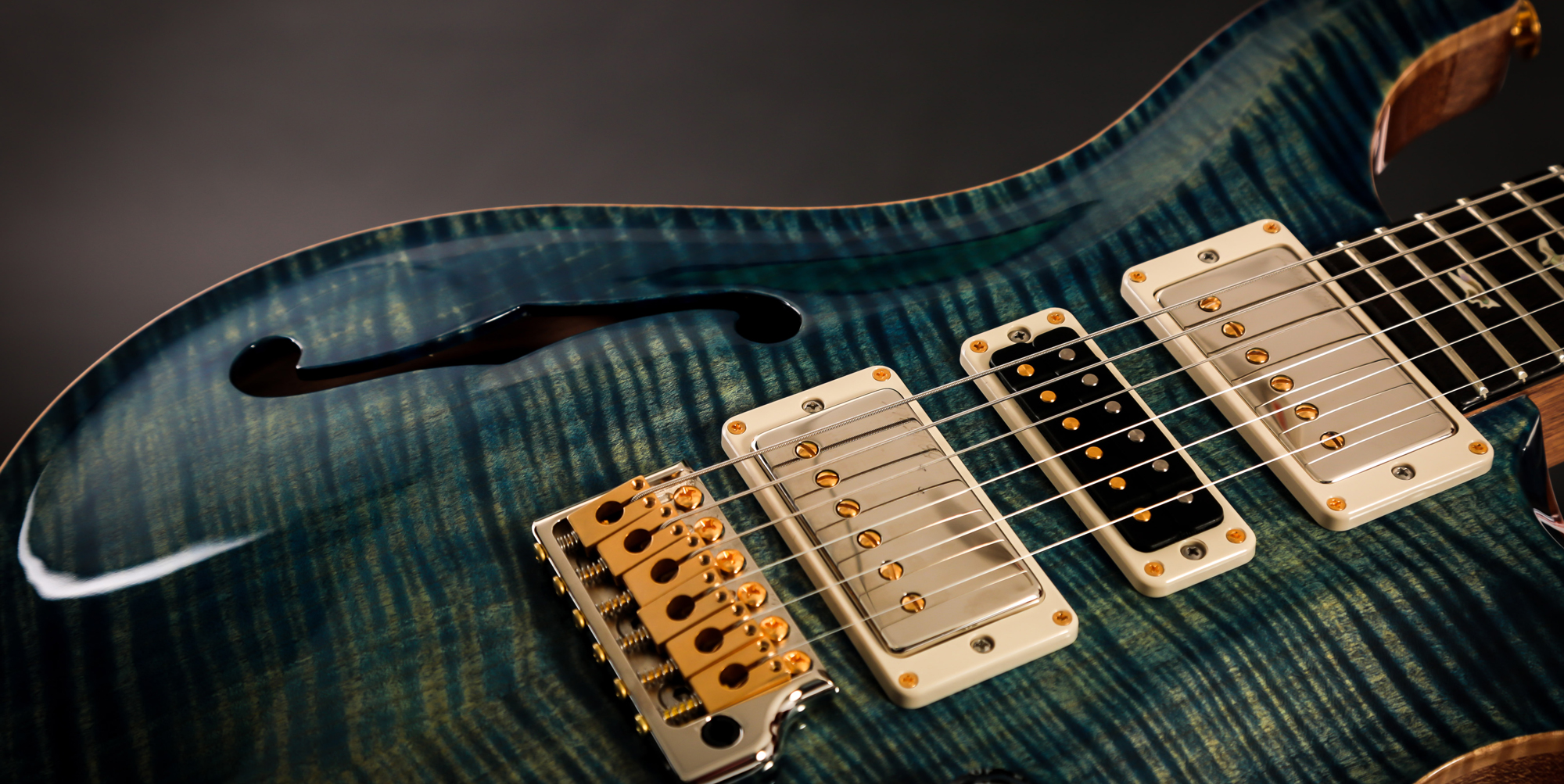
Where are PRS USA Core Guitars made?
The PRS Core guitar range epitomises high-quality, American craftsmanship. Made with the utmost attention to detail, these instruments are built at PRS’ main factory in Stevensville, Maryland. This has been the company’s main headquarters since 1996.
PRS Core guitars are predominantly cut using conventional CNC machines. This is a common industry practice, as these sophisticated machines ensure great consistency between models. However, skilled workers hand-sand, fit and finish every guitar to perfection, making them feel like true works-of-art. PRS also has a reputation for strict quality control, meaning that no ‘dud’ guitar will ever leave its main factory.
What Features do PRS USA Core Guitars have?
PRS is known to select the finest quality woods available for its USA guitars, which are typically constructed from Mahogany. The materials that PRS use to make their Core guitars ensure first-class tones and exquisite looks as well. In fact, it’s fair to say that the use of Flamed Maple tops in guitar construction has become most synonymous with PRS.
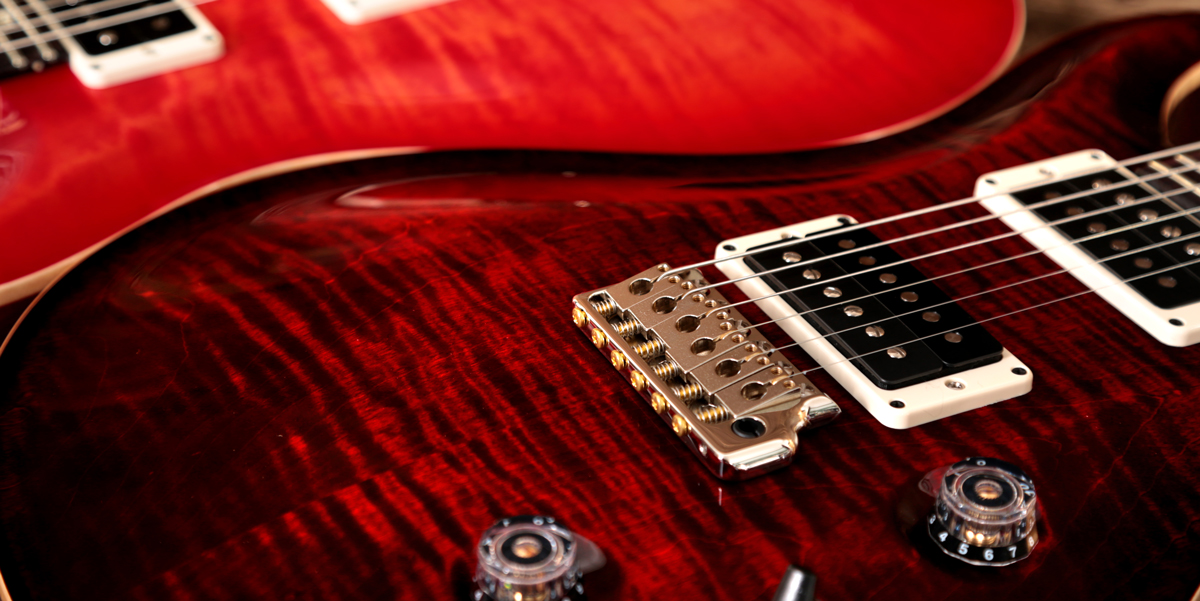
Regarding pickups, PRS wire their very own models and rarely use aftermarket pickups for their USA instruments. Their ‘Treble’ and ‘Bass’ humbuckers are the most well-known, acclaimed for projecting a balanced, and ultimately, versatile sound. However, in recent years their 85/15 humbuckers have become a favoured choice. Used in current Custom 22 and 24 models among others, these pickups are admired for their clarity and precision. In recent years, PRS have started to use single-coils in certain models, such as the Special Semi-Hollow.
PRS USA Core Guitar Models
PRS Custom 24
The Custom 24 electric guitar is arguably PRS’ flagship model, which has led its Core range since 1985. With its bird fingerboard inlays, dual humbuckers, carved top, 24 frets and ergonomic contours, the Custom 24 is considered a modern classic among guitarists. The Custom 24 certainly set the precedent for PRS’ future designs, with many of its features dripping down into its other models.
PRS Custom 22
The Custom 22 is nearly identical to the 24, but, as its name suggests, it features 22 frets.
PRS Standard Guitars
Calling this PRS electric guitar ‘Standard’ doesn’t really do it justice. An all-mahogany construction and many classic PRS features make this a top-flight piece of kit.
PRS McCarty 594 Guitars
Browse PRS McCarty 594 Guitars
Balanced to play with a warm tonal response, the McCarty is built to the highest standards, using the highest quality materials available.
Each Core USA model also comes in many variations, such as hollow-body and limited editions. All in all, there’s a lot to explore!
PRS SE Guitars
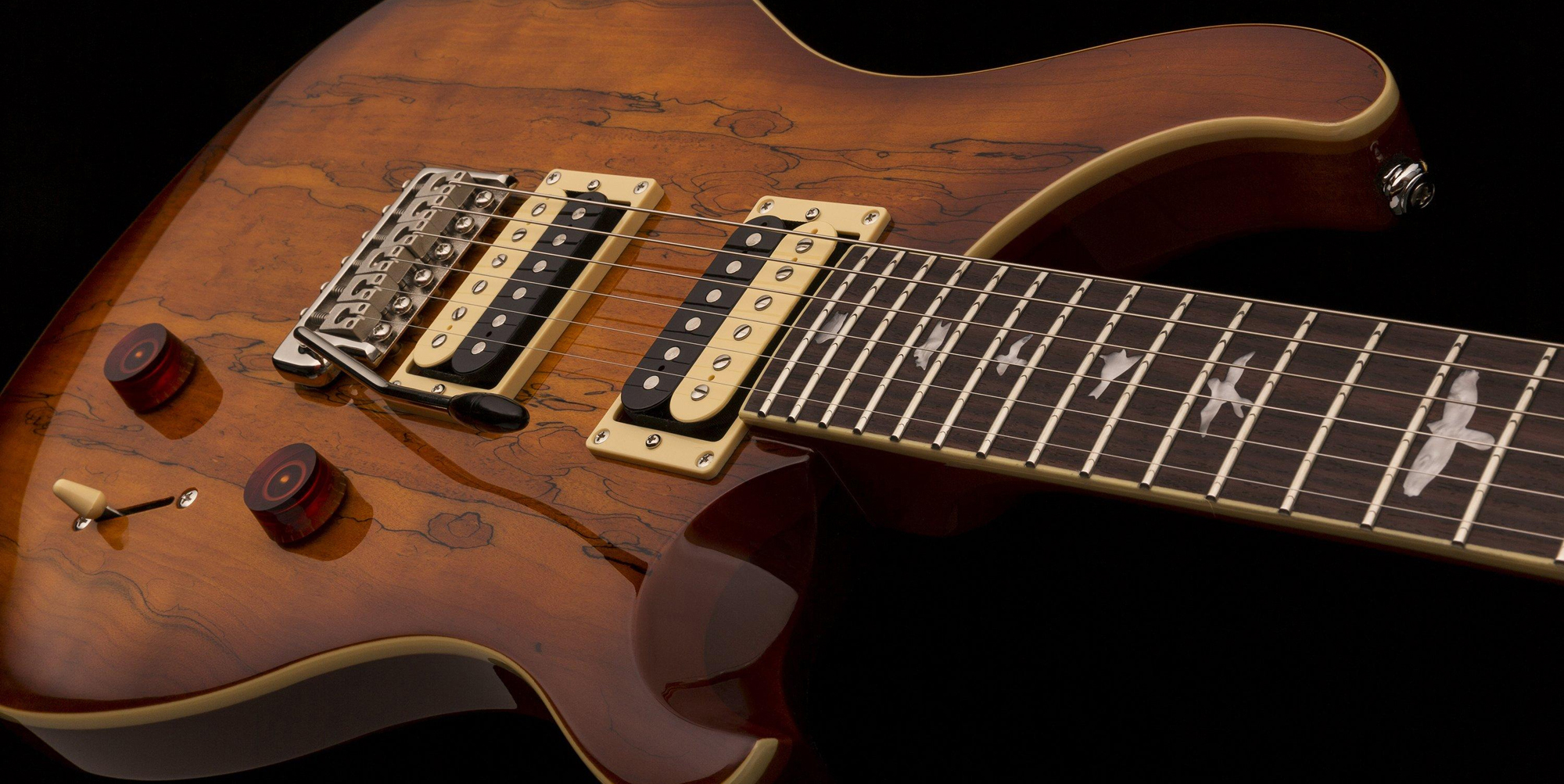
Where are PRS SE Guitars made?
If you’re looking for a PRS guitar for less than £1000, the SE range is where you’ll find it. Standing for ‘Student Edition’, early SE models were intended for beginners and intermediates. But today, even seasoned professionals have been known to use them. With modern PRS SE models featuring upgraded hardware and higher-quality pickups, there are more reasons as to why experienced players feel at home on a PRS SE guitar.



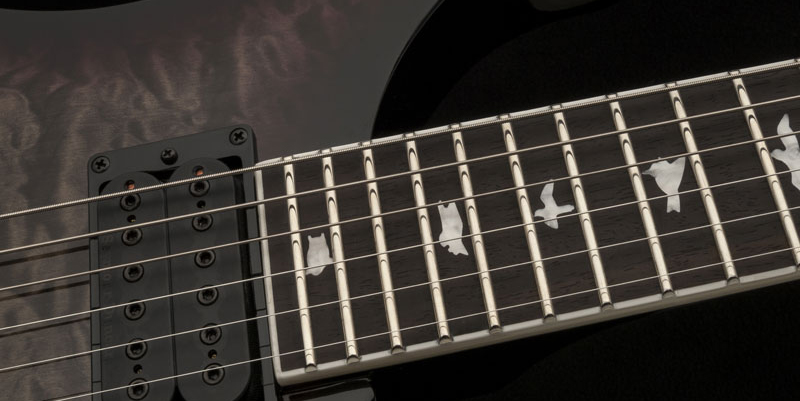
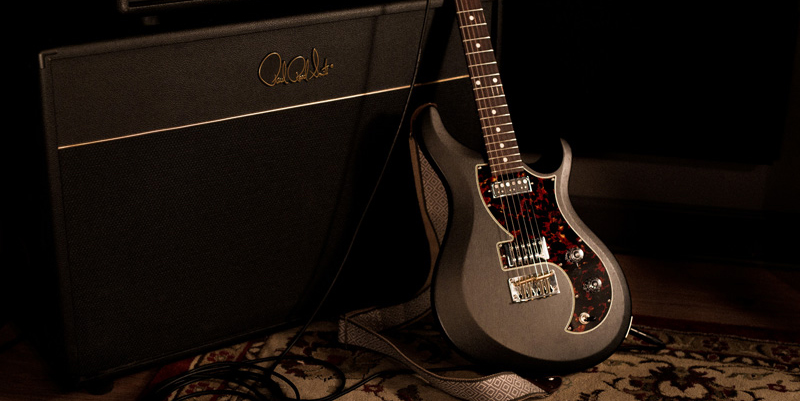
Responses & Questions